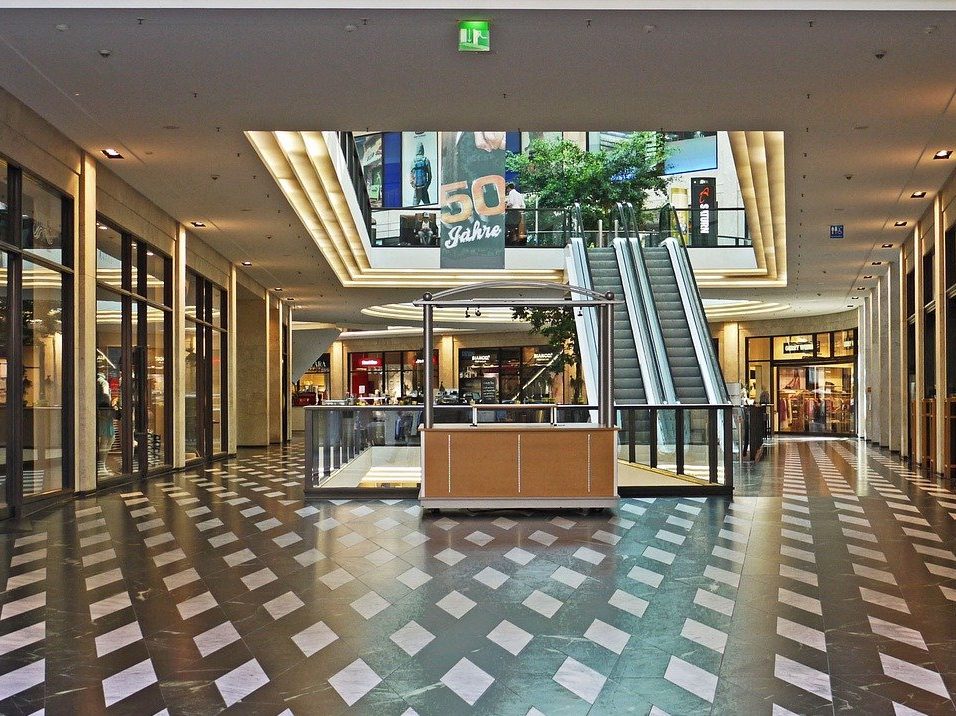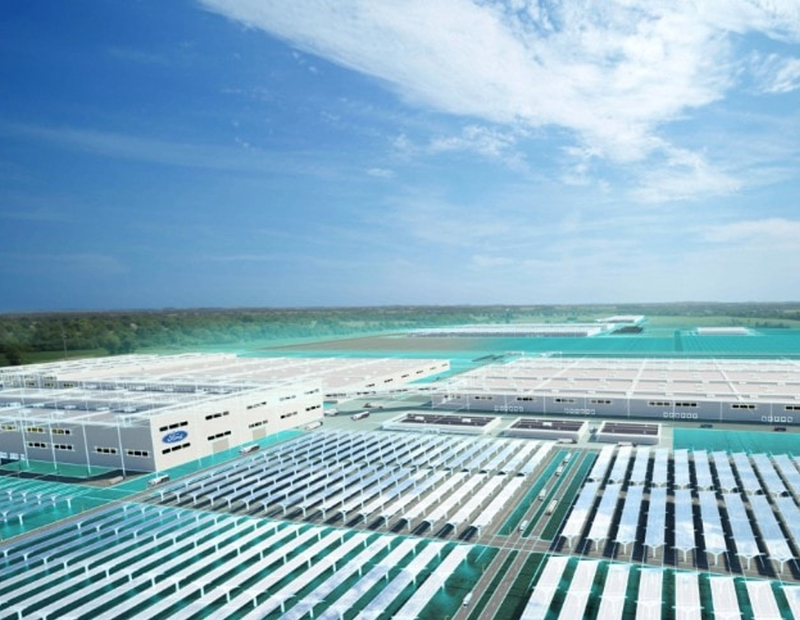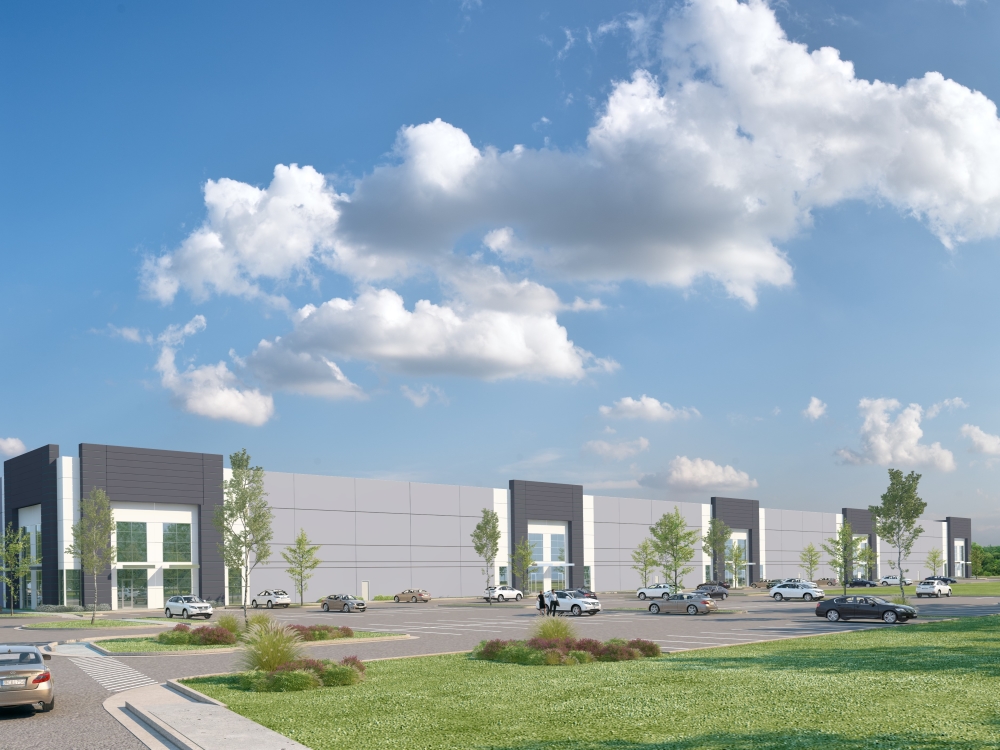Where Can Retail Go From Here?
With the pandemic accelerating existing trends, the industry is looking at both new and old formulas to address vacant space.
Retail has been facing issues with fully utilizing existing space for some time. A recent Wells Fargo report quoting Cushman & Wakefield data shows that the U.S. is estimated to have both the most square feet of retail space per capita and the lowest retail sales per square foot among industrialized economies, even considering relatively low levels of supply in recent years.
READ ALSO: IPA Finds Optimism Amid Retail Weakness
As with many other industries, the health crisis has amplified existing issues and accelerated ongoing trends. Even after the softening of restrictions across the U.S., retail is struggling to rebound from a heavy hit in the second quarter. According to recent CBRE data, this year’s third quarter recorded completions of less than 6 million square feet, the lowest quarterly figure on record, as well as negative net absorption totaling 14.8 million square feet, the largest decline since the first quarter of 2009.
Mixed-use amplified
As big malls closed their doors, some indefinitely, retail properties with a significant walkable, outdoors component stood to gain from the initial shock of social distancing measures. Meanwhile, town centers with plenty of open space are experiencing a resurgence in popularity, with some traditional enclosed shopping centers shifting more toward the format, according to Wells Fargo. Additionally, a growing homeownership rate will most likely be a solid headwind for neighborhood centers and small strip centers that include restaurants and experience retailers, the report explains.
The popularity of mixed-use properties has been growing for years, with developers banking on large live-work-play projects. While these traditionally included office components, shops and outdoor recreation space, new mixed-use properties that include concert space, locally-sources artisanal eating spots, gardens and art galleries are set to attract a wide demographic range, from Gen X to Gen Z.
More experiences, fewer physical products
While social distancing and other health protocols have decreased the number of people willing to spend significant time shopping inside, this is not something new for the industry. Experiential retail, also known as retailtainment, came as a solution to encourage customer engagement in brick-and-mortar stores. From cooking classes at Whole Foods to the House of Vans in London, where customers can shop, eat and skate, retailers are transforming their spaces into places that go beyond the traditional retail transaction.
Recent years have seen the rise of pop-up events, store installations and incorporating VR and AI to enhance the shopping experience. While these trends had to be paused or reimagined to ensure customers safety, experiential retail has a good chance to adapt and integrate more technology to create an immersive environment.
Converting retail to other uses
In many cases, owners are looking into a more radical shift, pivoting empty or underutilized properties to other uses, primarily residential and industrial. However, as a recent Prologis report shows, this type of repositioning can raise economic, legal, political and logistical hurdles, and the process may be lengthier than it may seem at a first look.
Even so, Prologis projects that 50 to 100 million square feet of retail space will be converted to logistics across the country’s top 25 markets over the next decade, with malls being the primary target.
Read the full Wells Fargo report here.








You must be logged in to post a comment.